The Plan
Honestly, this was one time I didn’t have a plan. I was working on plan C after two plans fell through while trying to obtain permits for an overnight hike in Glacier National Park some 500 miles away in Montana. After discussing some ideas with a park ranger. I decided to hike to Thornton Lakes with a quick detour to summit Trappers Peak. The trail to the lake was only 5.2 miles, but 2,400 feet of elevation waited between the trailhead and the ridge that overlooked the lake.
Once on the ridge, it was another 500 feet down into the valley to the campsites. Additionally, Trappers Peak would tag on another 1,000 feet of elevation, and another half mile both ways. All in all, I was looking at an 11 mile, out and back trip covering some 3,500 feet of elevation.
Washington
As eluded to in the “plan” section, the original idea was to drove to Montana and hike in the legendary Glacier National Park. I found, however, that obtaining overnight permits as a walk-in is nearly impossible. Trying to retain my composure, I cut my losses and drove another 500 miles to the North Cascades.
I have to add that my drive across Washington, a state I had never visited, was nothing short of beautiful. I took Route 20, which wound it's away along the northern border of the state, pasing rolling hills and dense forests. I wanted to stop so many times to explore, but not having time, I pressed on.
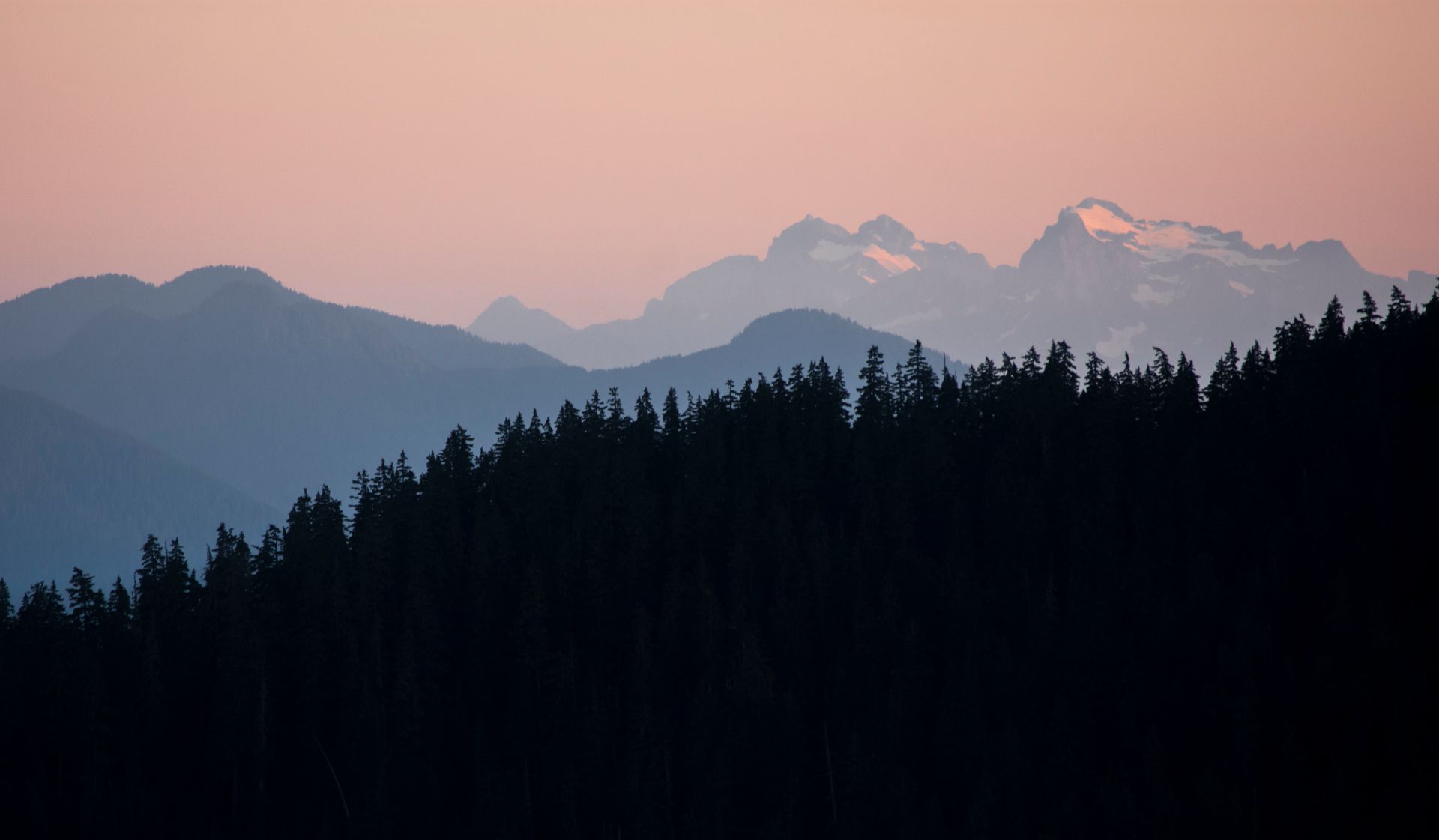
The North Cascades
North Cascades National Park was always one of those dream parks. It always seemed just out of reach. It was far, very far, from the east coast, it’s topography daunting, and it's roads closed during much of the year due to snow. That, and the fact that it had to contend with two other world-class national parks not too far away. However, I was on my way, and immensely excited, especially after seeing the tips of the mountains coming into view on the horizon.
My brother, who was accompanying me, and I hustled to the visitor’s center, eager to get our permits and be on our way. Turns out, the visitor’s center doesn’t issue backcountry permits, that’s the wilderness center’s job. Don't make my mistake and save yourself some trouble - go here.
Some parks, namely the super-popular ones, have strict rules when it comes to permits. Because of this, I tend to shy away from the national parks in favor of the less-regulated national forests. However, I’ve found that other parks, Cascades included, act more like a wilderness area than a national park. Andy and I were in and out of the permit office within twenty minutes. The rangers were happy to help us decide on a trail and write our overnight permits.
Thornton Lakes Trailhead to Thornton Lakes
Smiling, we left the station and headed in the direction of the Thornton Lakes Trailhead. I was wrong to assume that the road was going to be paved - thinking it was a national park after all. I don’t think all-wheel-drive is absolutely necessary, but getting up trail may have been much harder without the use of all my wheels.
At the parking lot, the sign warns of a difficult trail ahead. It broke the 5.2 miles into three sections; Easy, Moderate, and Strenuous. We had been warned, but 5 miles was nothing compared to some of the hikes we had already traveled getting there. I shouldn’t have been so hasty.
The first two miles were easy enough, but as soon as the elevation began to climb there was no rest. Back and forth the trail cut into the mountain using serious switchbacks. What’s more, most of the hike was in a forest. It was cool, but the flies were obnoxious, and the views entirely blocked. With elevation gain such as that, the trend couldn’t continue. Before long, the tree-line broke, revealing some of the most spectacular mountain vistas I have ever seen.
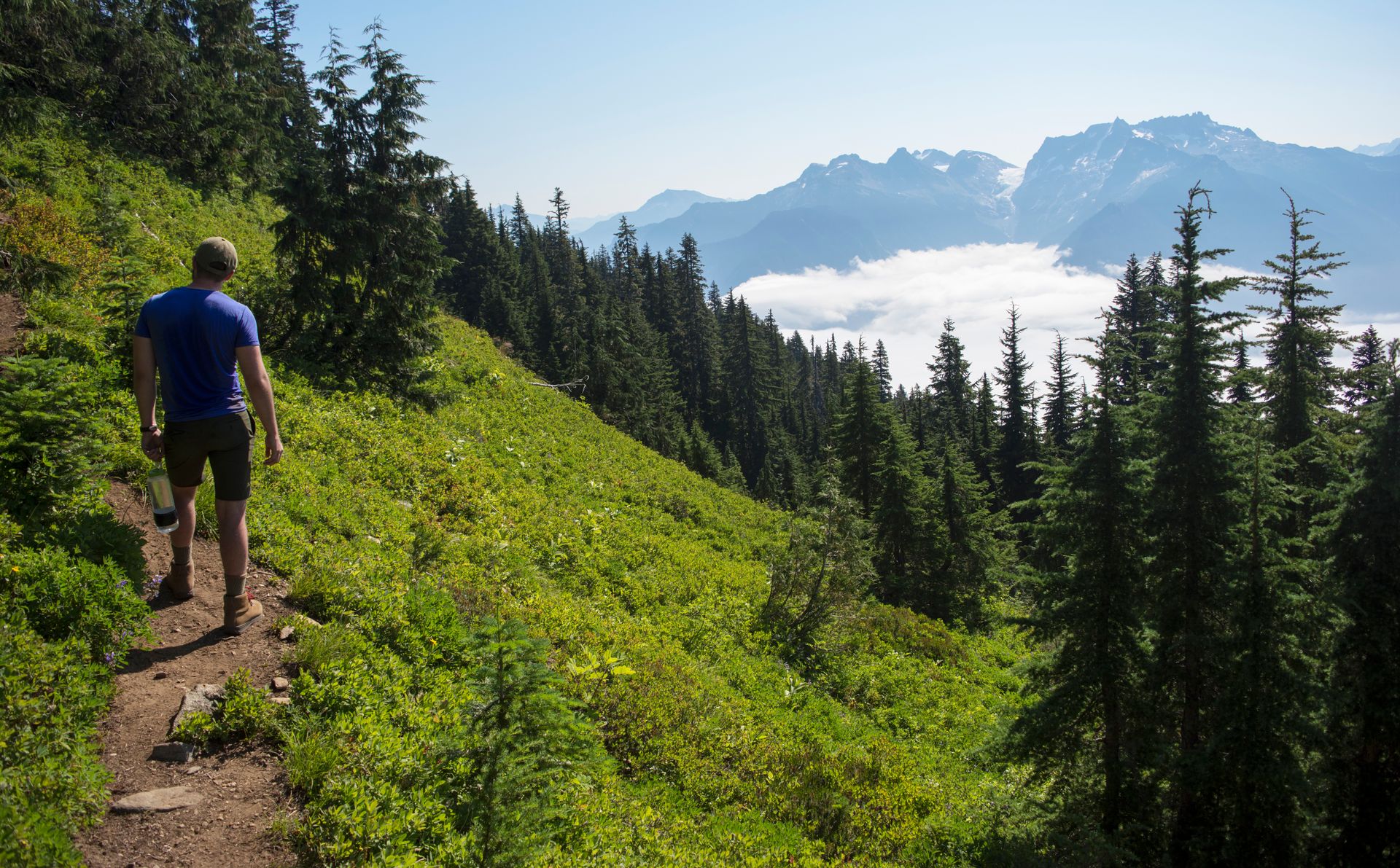
While the North Cascades aren’t as high in elevation as it’s Rocky Mountain counterparts, the 9,000-foot mountains look just as big, if not bigger due to their prominence. The Cascades are home to some of the most prominent mountains in the country (base to peak vs sea level to peak). The surrounding mountains are adorned with jagged peaks, snowy scalps, and huge cliff faces. Conifer-clad hills of green merge with sheer gray granite, giving an epic sense of size and scale.
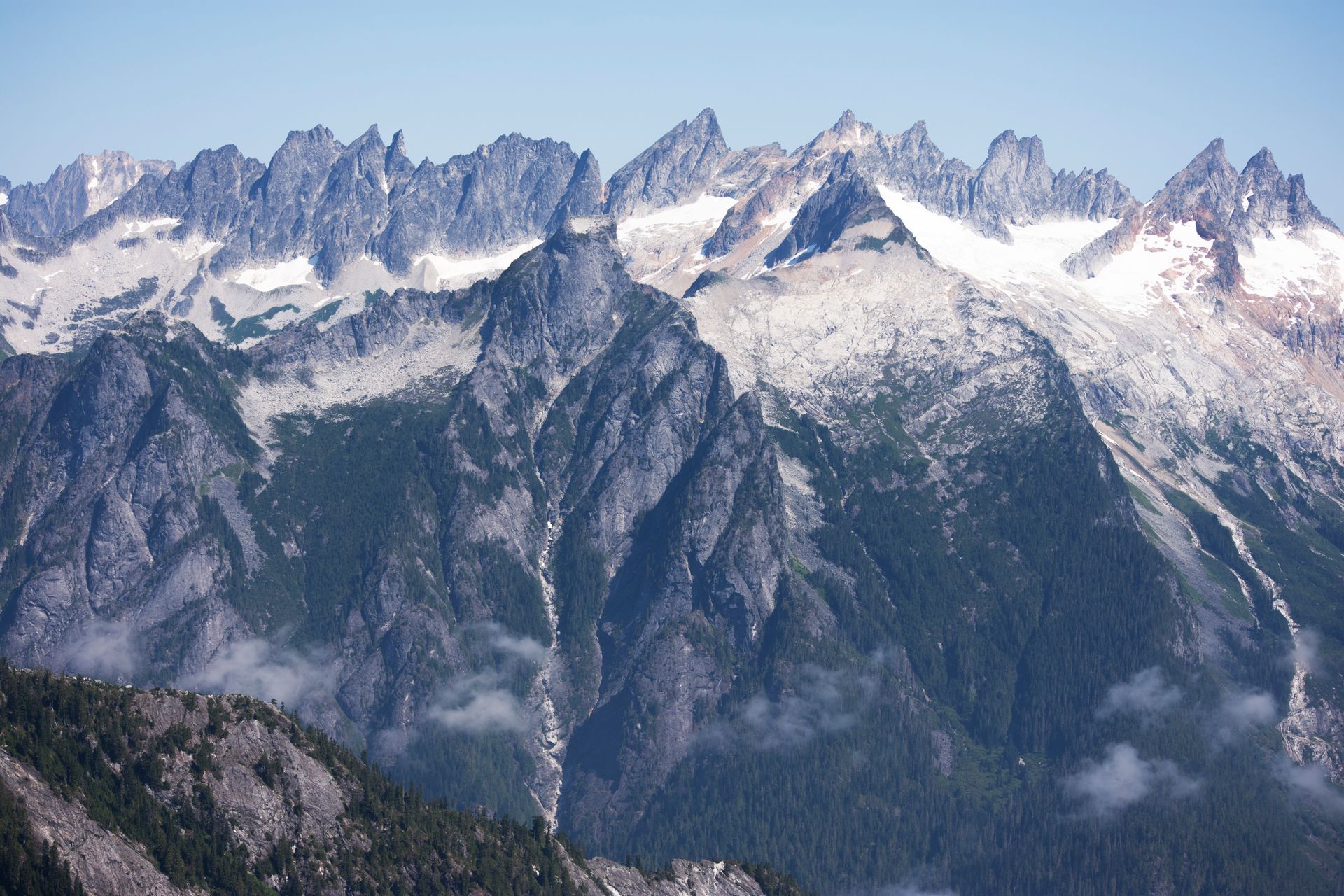
About 4 miles in we finally reached the fork in the trail. a single post promoting the hikers to decide to either continue up to Trappers Peak or head down into the valley to the lake. With dusk approaching, we didn’t have much of a choice, we headed down into the valley, planning to summit Trappers in the morning.
Around the bend was the first look at the lake. It was a perfect alpine specimen, filled with sapphire blue glacier water. Around the banks, where the water was shallow, the visibility was eerily clear.

From the ridge to the lake was considered the “strenuous” part of the hike. Fortunately, we were going downhill, so we didn’t notice the difficulty - something we quickly picked up on the next morning.
While descending, we passed the only other hiker we had seen that day. He pointed out that the campsites were on the south side of the lake, across the log-dam. It was lucky we ran into him because we would have never found the designated backcountry sites if it weren’t for that bit of advice.
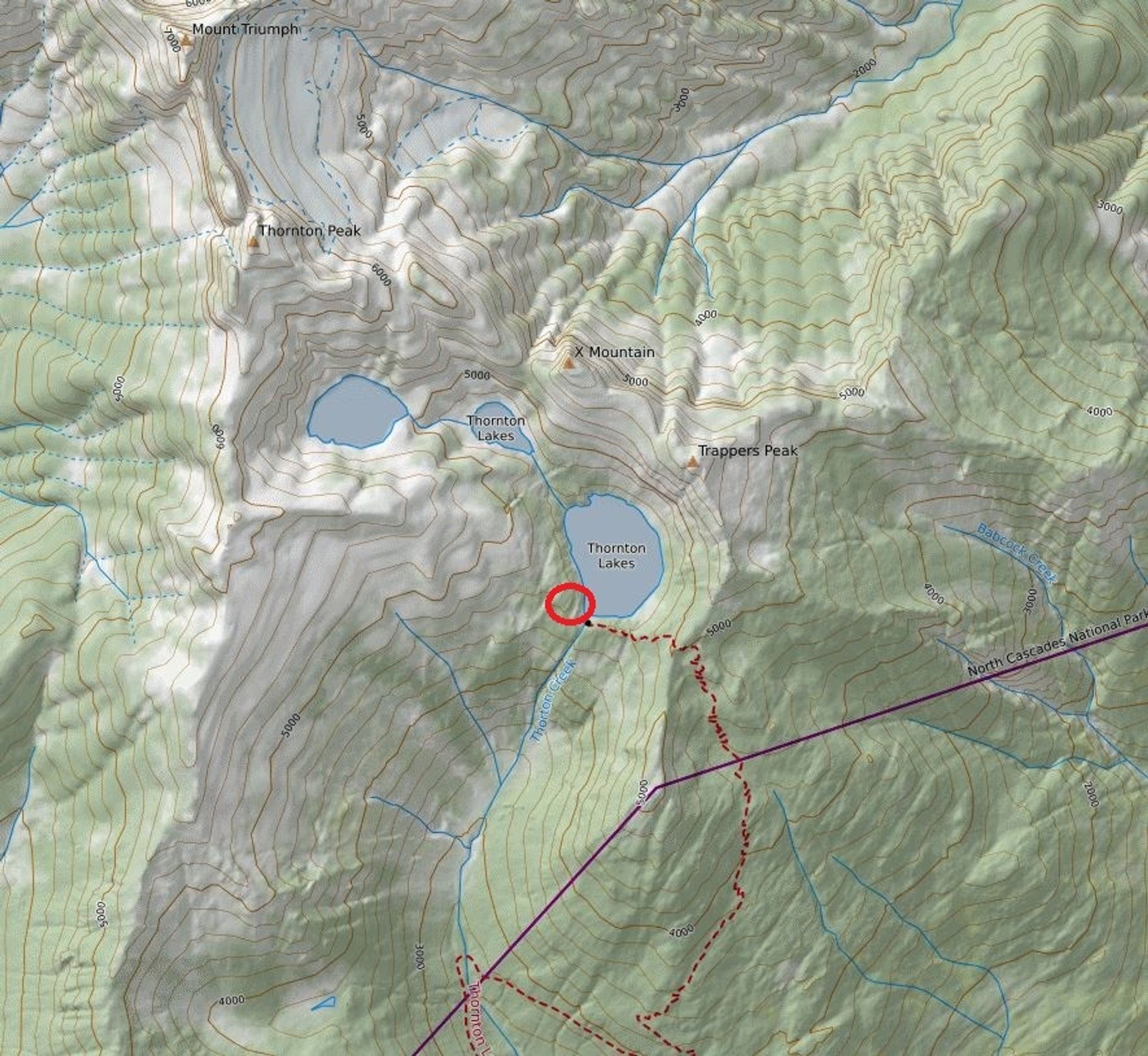
The path grew difficult to follow due to the many splits in various directions. Not everyone hiking to the lakes ends up staying the night, and they are free to explore around the lake, making for many false trails. Nevertheless, we crossed the logs at the end of the lake and found, after a few hundred yards, a half-dozen or so sights specifically for the use of overnight camping. We chose the second.

After setting up camp, we went back to the pond to fill our depleted water bottles. Though the lake was clear and cold, I was more comfortable using the trickling waterfall by the fallen logs as my primary water source. Moving water is typically better to drink than sitting water. While filling my bottle, I noticed a white, round object bobbing beneath one of the hundreds of logs in the icy waters. It was a perfect onion! I quickly captured, cut, and added the delicacy to our dreary dinner of noodles. It was a great treat to find such a luxury, and it added the perfect flavor to our dinner.
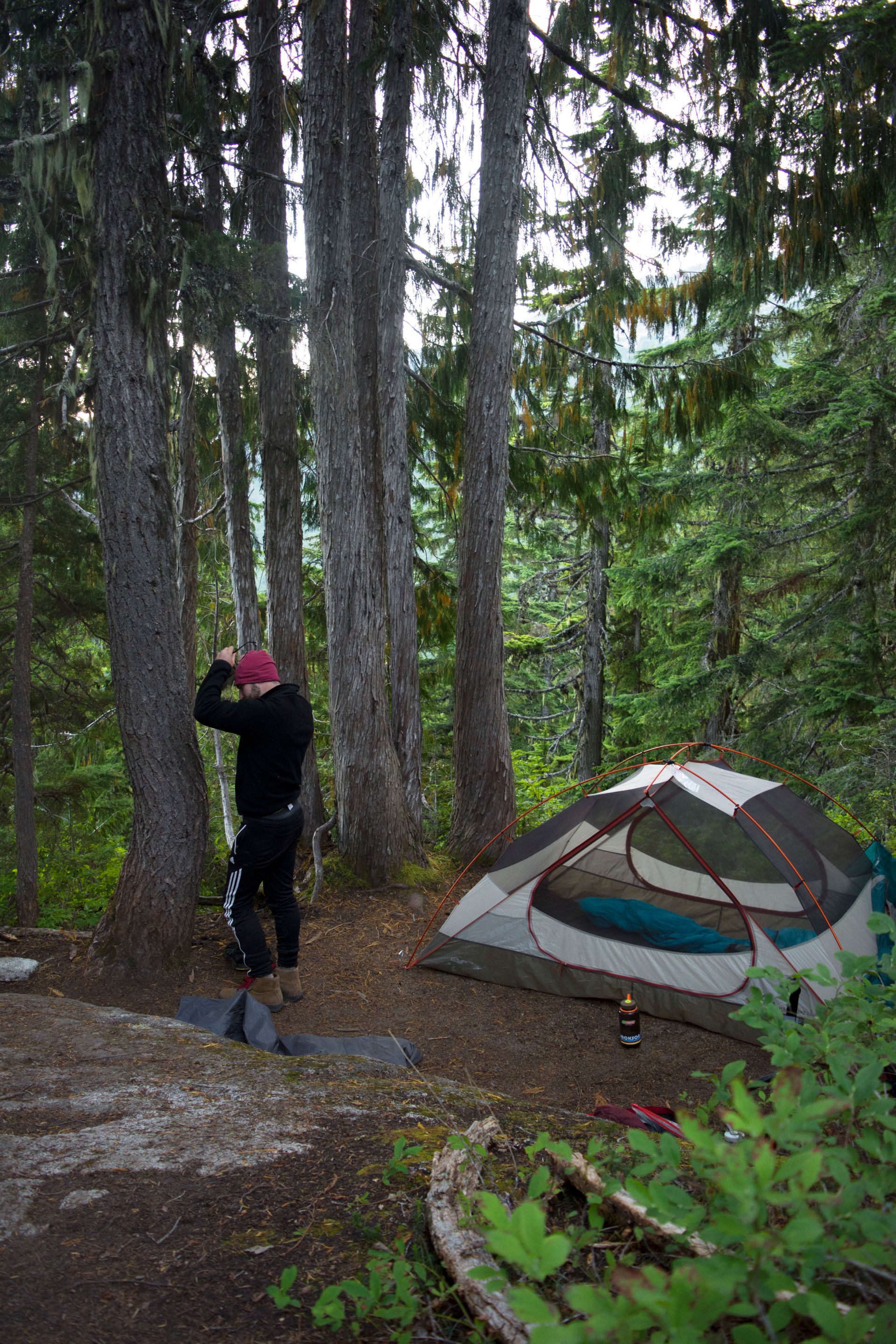
We got an early start the next morning, well aware of what was ahead of us. With caffeine-fueled energy, we flew up the side of the valley and made it back to the top of the ridge in record time. From there, we dropped our bags (not needing them for the summit) and continued past the fork and up the hill.
Every step rewarded us with a better view. The trail was clearly visible and well-marked, and the scrambling was more fun than annoying.
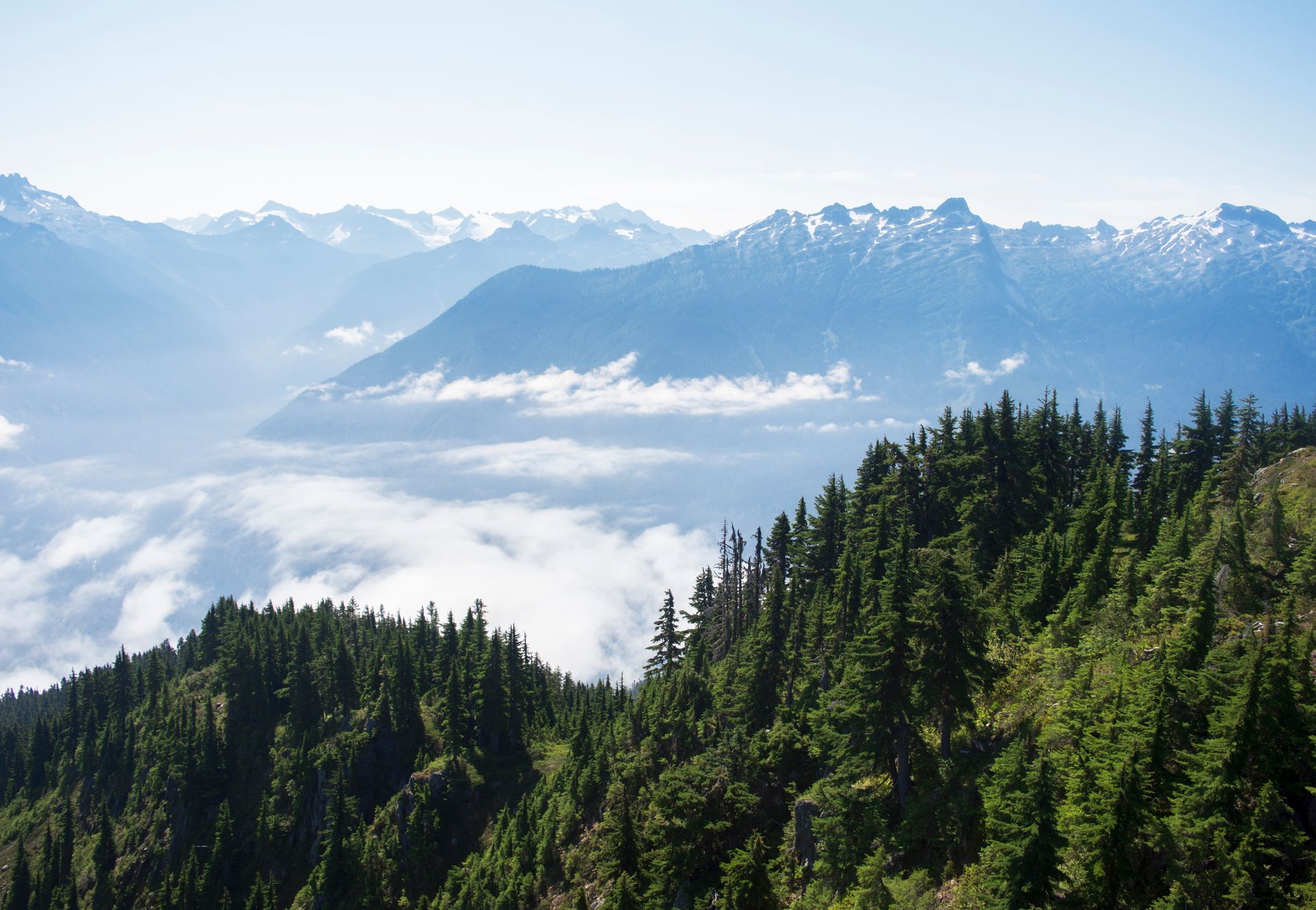
About halfway to the peak, I finally understood why the hike was named Thornton Lake”s”. There were three, not one, perfect lakes, each sitting above the other. It was a beautiful sight to see, and something I wasn’t aware of until that exact moment.

Continuing up the trail, we dipped in and out of the ridge that led to the top of Trappers Peak. Looming over us, I could see the other two peaks that made the valley; Triumph and Despair. Climbing Trappers Peak didn’t sound as epic as the other two, but it was still a high climb.
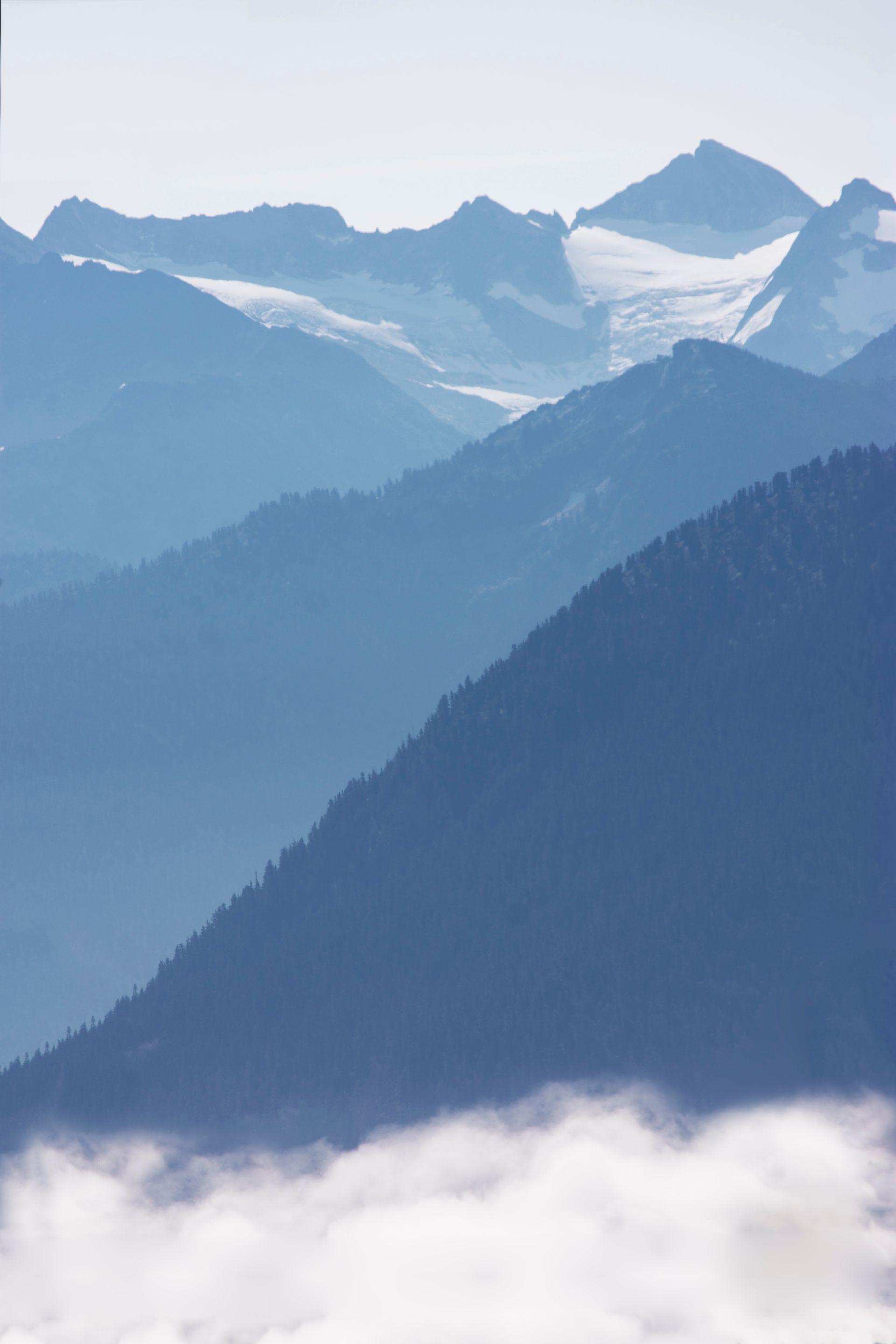
Once on the summit, which was barely windy at all, I looked back and saw our progress. I was amazed to see just how much we had hiked in such a short amount of time.

I played a dab of folk harp while on the windy-less mountains.
Unfortunately, the very tip of the summit was occupied. A large, lazy marmot was perched right on the peak. I’m convinced he appreciated the view as much as I did.

North Cascades was yet another reminder to have an open mind when planning a long trip. It wasn’t Glacier, but it was a great adventure. In fact, I later learned that North Cascades actually has more Glaciers than Glacier National Park. With approximately 312 glaciers, North Cascades National Park has the most glaciers of any US park outside Alaska, and a third of all the glaciers in the lower 48 states.

The North Cascades turned out to be the perfect park. It was simple, beautiful, remote, and accessible to backpackers. What was originally a plan C, turned into one of my all-time favorite national parks.